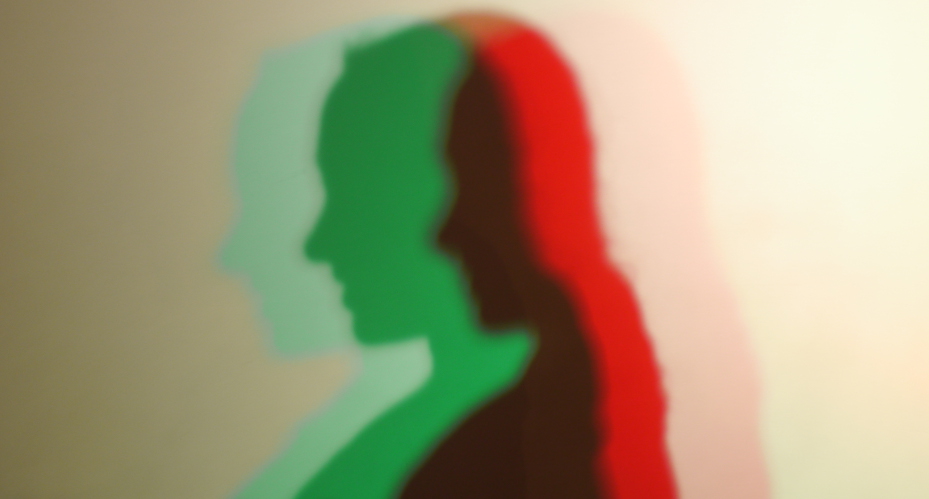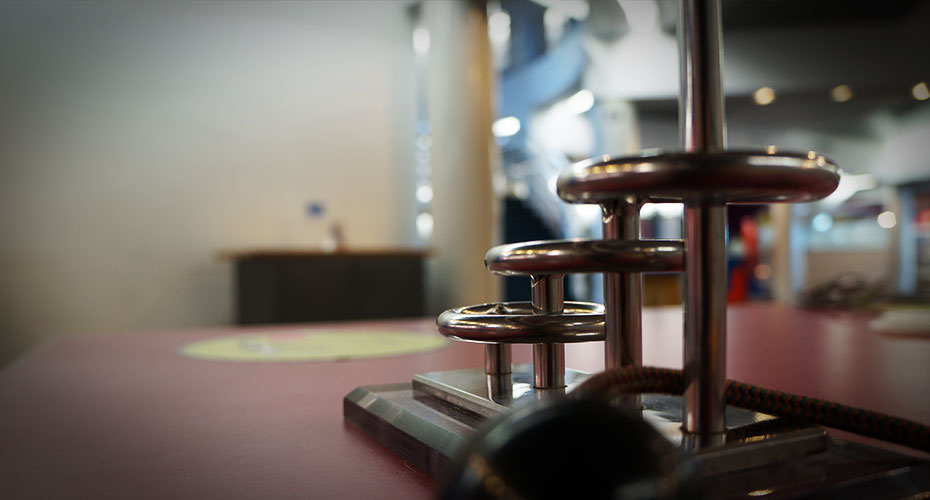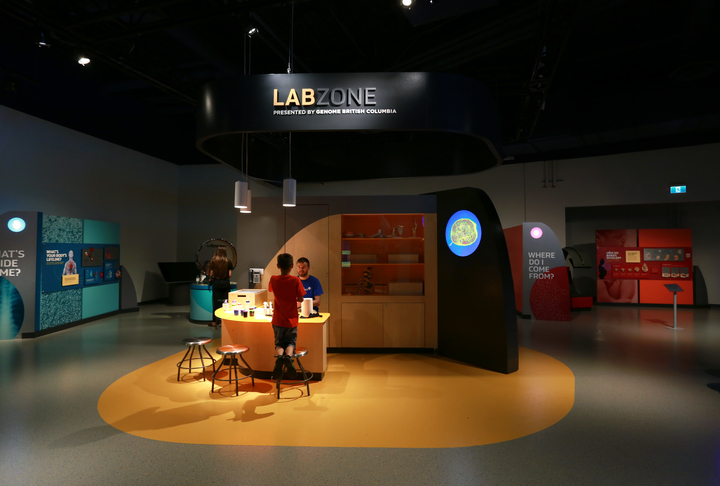Objectives
-
Explain properties of visible light.
-
Describe how light rays can change direction.
-
Demonstrate how visible light is reflected.
Materials
Background
Mirrors and Light
Light is a type of energy that we can see, and mirrors are a great way to teach the properties of light. When light meets the surface of an object, three things can happen. The light can be bounced (reflected), bent (refracted), or absorbed.
Reflection
If light is reflected, the light rays leave a surface at the same angle at which they hit it.
In the diagram above, the ray of light approaching the mirror is known as the incident ray. The ray of light that leaves the mirror is known as the reflected ray. The normal line is a line drawn perpendicular to the mirror at the point where the ray hits the mirror.
The angle between the incident ray and the normal line is known as the angle of incidence, while the angle between the reflected ray and the normal line is known as the angle of reflection. The Law of Reflection states that the angle of incidence equals the angle of reflection.
NOTE:
The reflection of light is often discussed using phrases such as “a ray of light bounces off a mirror”. This is because when a light ray reflects at the surface of a mirror, it follows a path similar in behaviour to that of a pool ball bouncing off a cushion on a pool table.
However, this is not really the best way to describe the reflection of a light ray. Light rays have a wave nature. Waves are often described as “turning back” rather than “bouncing” when they reflect.
Vocabulary
mirror image: A reflected copy of an object that appears identical but reversed, like what you would see in a mirror.
optical: Relating to sight.
light: A type of energy that our eyes are designed to see.
ray: A narrow beam, i.e. of light.
refraction: The process of light rays passing through a transparent object and then bending.
reflection: The process of light rays hitting a smooth, shiny surface and then “bouncing back”.
symmetry: Sameness on both sides of a line, usually down the middle of an object.
Other Resources
HowStuffWorks | How Mirrors Work




